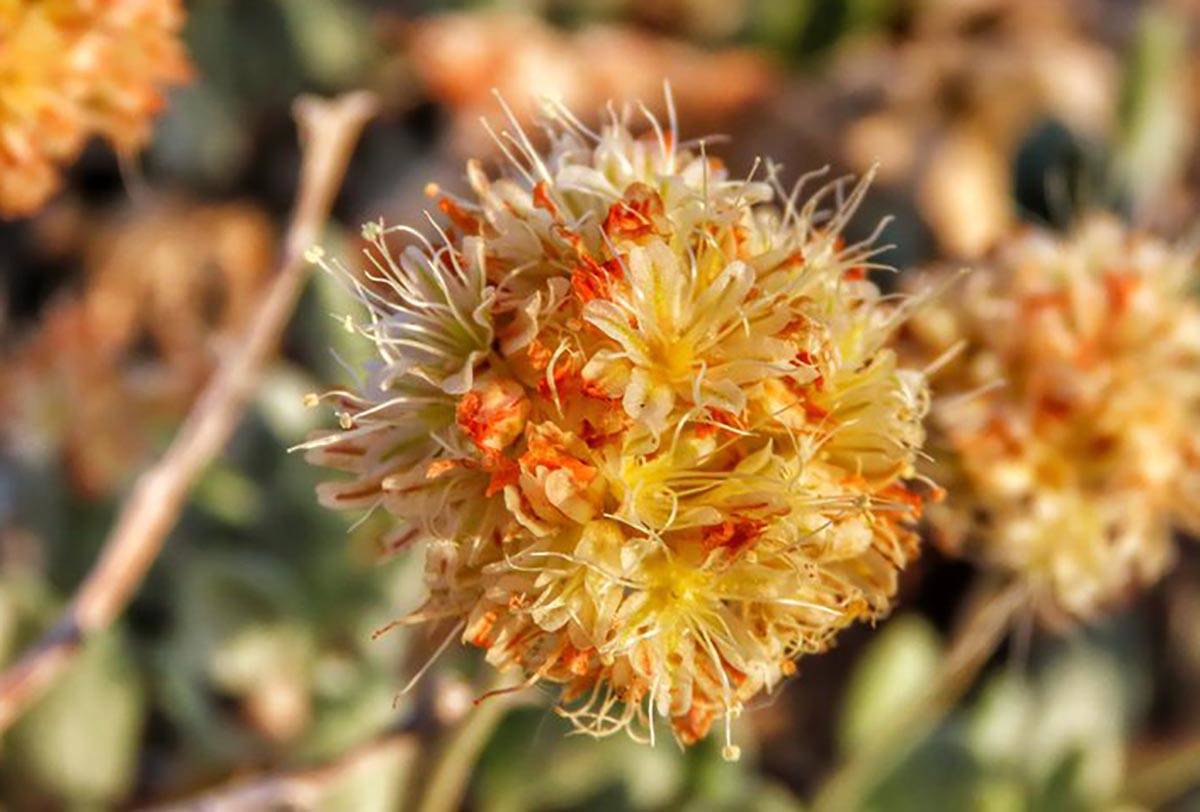NEVADA VIEWS: No free lunch on green energy
Nevada is poised to be a leader in the renewable energy revolution, but we don’t have a plan for how to achieve the state’s goals while protecting our irreplaceable biodiversity. If our state doesn’t plan for renewable energy and critical minerals production in an environmentally responsible manner, projects will be mired in controversy and stalled by litigation, and the revolution won’t be able to move forward in the way we desire.
Tackling the extinction crisis and fighting the climate emergency are not incompatible. This is not a zero-sum game. Both efforts can and should work hand-in-hand to build a renewable and just energy future, where our endangered species and communities are not sacrificed.
As our leaders love to say, Nevada is blessed with an abundance of natural resources key to the vital energy transition. Our endless sunshine can power rooftop and community solar arrays, providing an essential component of our future energy mix. The state’s extensive geothermal resources can provide round-the-clock stability to the grid. And lithium deposits beneath our dry lake beds and in our volcanic mountain ranges will prove a critical element in the necessary deployment of battery storage systems and electric vehicles.
But there’s no such thing as a free lunch.
Each of these renewable energy technologies comes with environmental impacts. If not sited correctly, they may perpetuate the patterns of destructive extraction and consumption bringing us to the brink of ecological and climate chaos.
Most famously at the moment, the rare wildflower Tiehm’s buckwheat grows only in soils rich in lithium and boron at Rhyolite Ridge in Esmeralda County. Those soils are coveted by the Australian mining company Ioneer, which has proposed a lithium mine there that would destroy the vast majority of the plant’s habitat and put it on a path to extinction.
In response to a petition from my organization, the U.S. Fish and Wildlife Service proposed this month to list the buckwheat under the Endangered Species Act. The fight to save Tiehm’s buckwheat isn’t over, but this is an important victory that puts a roadblock in the mine’s extinction plan.
Tiehm’s buckwheat isn’t the only example of when the renewable energy transition has bumped up against the extinction crisis. Some inappropriately sited solar projects in the Mojave Desert have destroyed important desert tortoise habitat. A geothermal power plant in Churchill County threatens the Dixie Valley toad, which lives at just a single wetland nearby. The Thacker Pass lithium project, which our organization is not engaged on, poses a dire threat to the greater sage grouse and native aquatic invertebrates.
These cases demonstrate how negligent planning and inadequate regulation of renewable projects can threaten species with extinction. Energy developers are siting some projects in the state’s most environmentally sensitive areas.
Further, our leaders in Carson City are failing us. Rather than coming up with a plan for Nevada’s clean energy transition, they are simply allowing the market to determine where and how renewable energy and critical minerals are produced. They have left the wildlands, wildlife and environmental health of our state to the tender mercies of energy and mining companies whose sole motivation is the bottom line.
The approach to the Greenlink transmission lines is a good example of the issues we currently face. After the Public Utilities Commission approved Greenlink West, which would stretch from Reno to Las Vegas, there has been a rush of solar energy applications along the proposed transmission line right-of-way. Instead of planning ahead — Where along the Greenlink path might be the best place to site solar? — the PUC, and by extension the Legislature and governor who set policy, are just leaving it up to the market to decide where the least environmental impacts might be. And when your focus is on the bottom line, that’s not going to be a top priority.
But it doesn’t have to be this way. One way forward is for Nevada to make a plan — a statewide analysis of where might be appropriate for renewable energy and critical minerals production, and which places are too environmentally sensitive for such activities.
This approach, often called “Smart from the Start” planning, is proven and should include representatives of the whole spectrum of affected stakeholders who stand to be impacted by such projects, including Indigenous and rural communities, advocates for wildlife and plant communities and public land users of all stripes. The analysis would look at impacts to the environment, environmental justice, economics and the myriad issues raised by large-scale industrial development in remote undisturbed locations.
California undertook an effort like this for renewable energy planning — the Desert Renewable Energy and Conservation Plan, which allocated parts of the California desert for solar energy production and parts for conservation. While not everyone was thrilled with the result, the plan was not litigated, and it has resulted in both substantial build-out of solar energy resources and substantial new conservation measures on environmentally sensitive lands across the California desert.
Without a plan for siting renewable energy production and critical minerals infrastructure in the most environmentally responsible places, we are unnecessarily sacrificing justice for our planet in a zero-sum game. Thoughtful planning and identification of proper sites for renewable energy projects can address the climate emergency and prevent further compounding the extinction crisis. It can also help ensure that our energy transition moves forward with the speed the situation requires, instead of having projects get mired in litigation and controversy.
The governor and legislators such as state Sen. Chris Brooks take credit for spearheading policies to combat the climate crisis. We also need them to also take leadership on how and where those policies are implemented.
To move forward with our renewable energy revolution, Nevada needs a thoughtful plan.
Patrick Donnelly is Nevada state director for the Center for Biological Diversity. Jean Su is the group’s energy justice director.




























